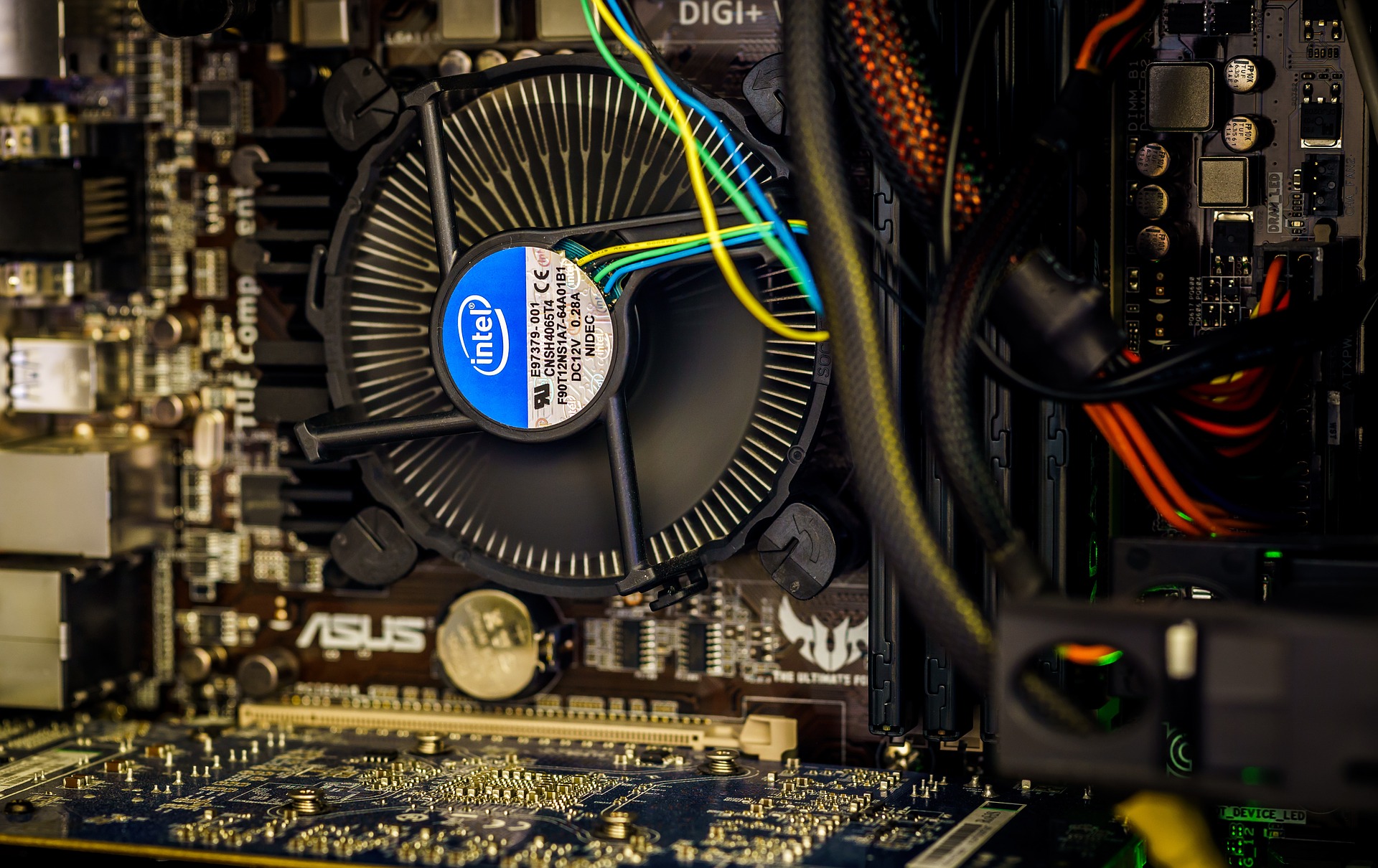Hardware and software are the two main parts of an electronic device, and thus two general ideas that we must know how to differentiate. Luckily, it is easy to do it at a glance: hardware is any physical device that we can see or touch (it is tangible), while software is a program which tells hardware how to work, which is installed inside the computer and can’t be physically touched (it is intangible). In other words: as a physical part, hardware is the body of a computer, while software is the brain (the logical part).
Therefore, a screen, a keyboard or a mouse would be hardware examples, while Windows, Powerpoint or Firefox would be software examples. However, it is worth pointing out that not all hardware can be easily seen: there are peripheral hardware, as the three mentioned examples, but a hard drive or a graphic card are also hardware and are installed inside the CPU. Similarly, software can be divided into different types: an operating system is a super program that manages almost everything in a computar, but there are also programs that are sequences of codified instructions which allows us to do a task.
Hardware and software are complementary and the combination of its tasks makes computers work. Hardware helps software to work better and at a higher speed, so the bigger is the capacity of hardware the easier will be to execute heavy software. That is why, according to the function of a computer (or a smartphone or any other electronic device) we will need to use one kind of hardware or another.
For example, a graphic designer or a video editor will look for specific hardware requirements to be able to use its professional editing programs (software), which require much more capacity than a simple word processor in order to assure its good performance. And a gamer will need a stronger smartphone to play video-games than someone who just wants to call and send text messages.
Stay tuned and don’t forget about these two concepts because we are surely seeing them again!

